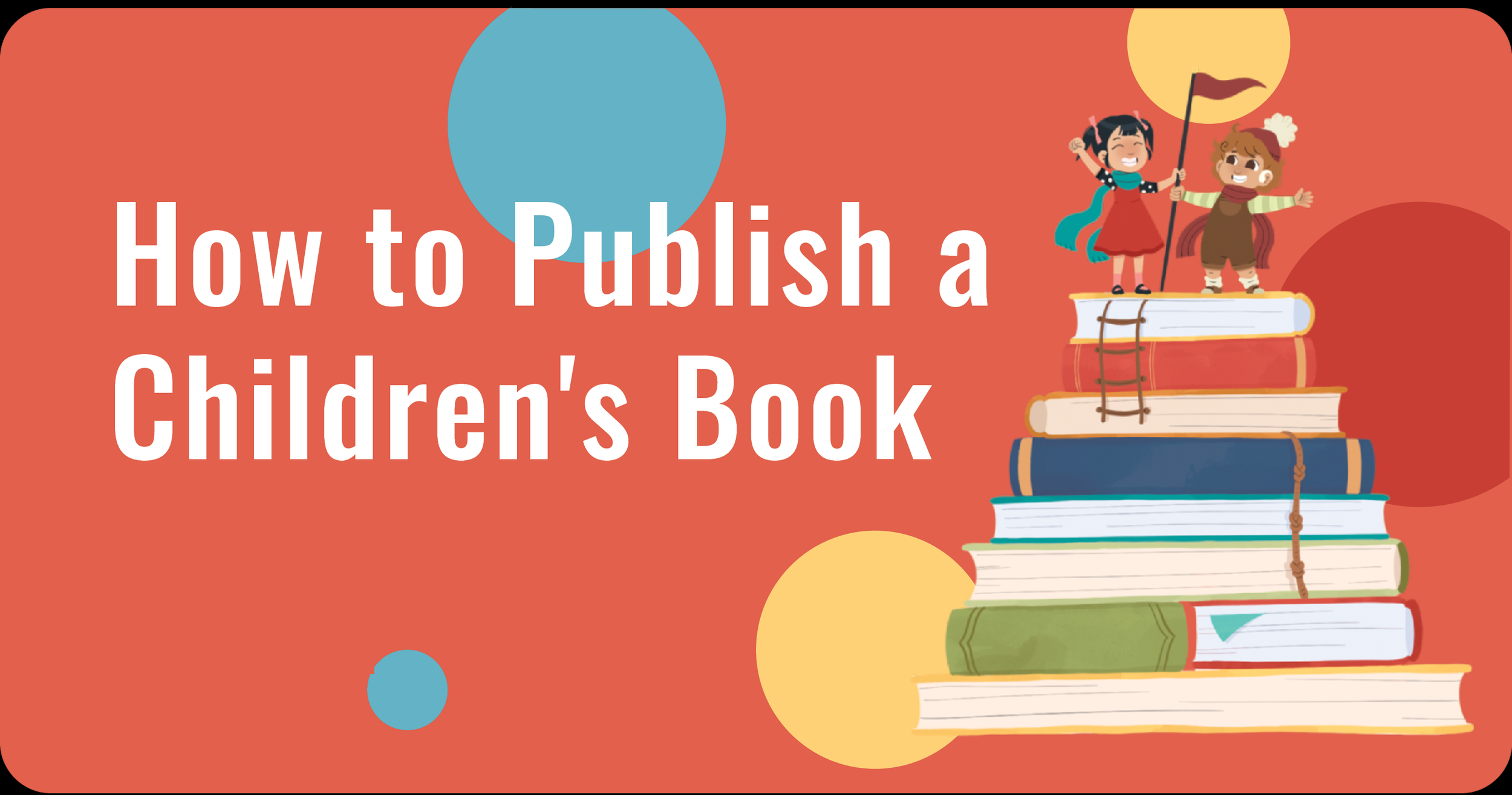
Have you ever dreamed of publishing a children’s book but aren’t sure where to start?
Are you curious about the key dos and don’ts that could make or break your success?
Navigating the publishing world can feel overwhelming, but you can bring your story to life with the right guidance.
Publishing a children’s book is both exhilarating and challenging. It does not matter whether you have a plot you have dusted for ages or a new concept fresh off the box; writing and publishing a children’s book is pleasurable. Nevertheless, the publishing world can be very off-putting, especially for those new to it.
This comprehensive guide will take you step by step towards Publishing a Children’s Book, covering each segment, from analyzing the children’s book market to selling your book with perfection and confidence.
A Basic Knowledge of a Children’s Book Publishing Market
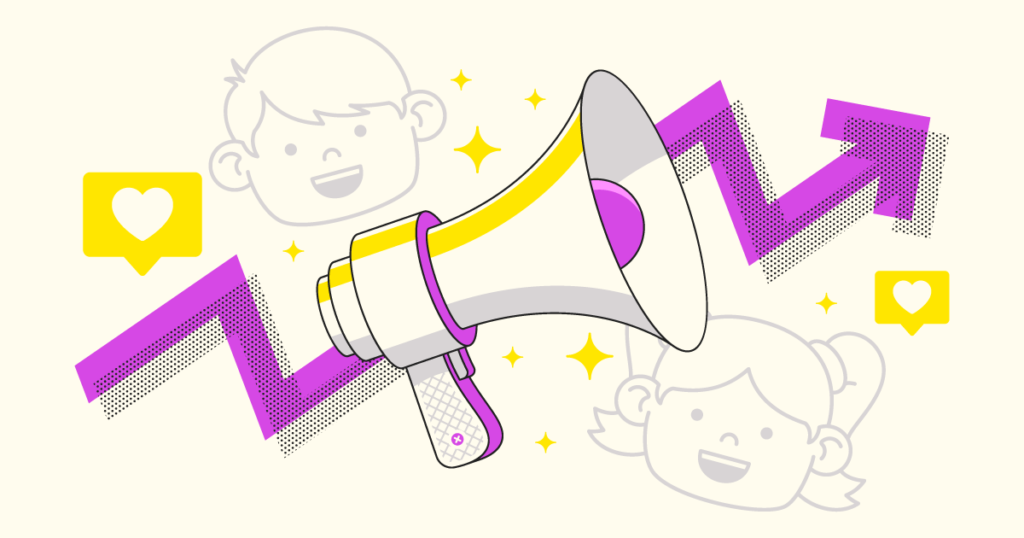
Once a writer has decided to write, the next thing they must do is research the market. Although the most prominent aspects of the children’s book market look the same, the genres and target groups call for different strategies.
Identifying your Target Reader

Having an idea of your reader before writing is the most crucial thing in determining the success of the book. A standard schema divides children’s literature into categories based on the child’s age, such as picture books for children aged 3 to 5, early readers for children aged 6 to 8, and chapter books for children aged 9 to 12. Each category has specific development and reading capabilities levels, so all content, language, and images will be relevant to that category.
Genres and age groups

Children’s literature includes many genres, including fantasy, adventure, educational, and moral. It is crucial that one selects a genre that will appeal not only to oneself but also to the target audience. It always helps to check what is in vogue at that time because that can determine the fortune of your book.
General Trends in Children’s Books

Trends in children’s literature can be short-lived. In recent years, readers have been more insistent on the demand for more inclusion, representation, and poring over books that reflect real life in a children-friendly manner. Following these trends will make you develop a book that suits the current reader’s market.
Going about Writing Your Children’s Book
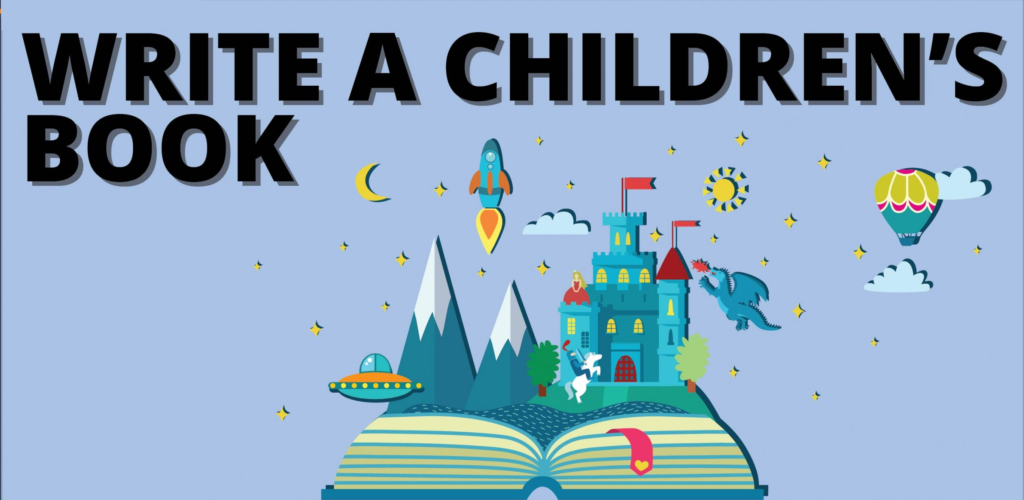
Now that you know the market your book is aimed at, the next step is to write it. The most important factor in making a children’s storybook successful is its ability to engage young readers while telling a good story.
Composing an Original Idea

Your book’s idea is what makes it different from all the others. Whether it is a captivating plot, an enchanting landscape, or a familiar subject, your idea should be designed to thrill children’s minds while providing something new.
Designing Relatable and Interesting Characters

Every good story revolves around its characters. In children’s literature, such characters should be relatable and attractive and should ignite the children’s imaginations. Try to identify the characteristics of your characters that everyone will remember, be it their fearlessness, wit, playfulness, or wild curiosity, and make sure that the characters suit the intended market.
Building An Interesting Plot

The story’s plot is such that even a child can comprehend it, but it has a twist that can keep a child’s interest piqued. Generally, kids’ books have a pattern based upon a moral woven so children can grasp it quickly. The story should be chronological, introduction—body—conclusion, and progression, where the readers are carried through from the very first page to the last without a lack of interest.
The Importance of Pictures
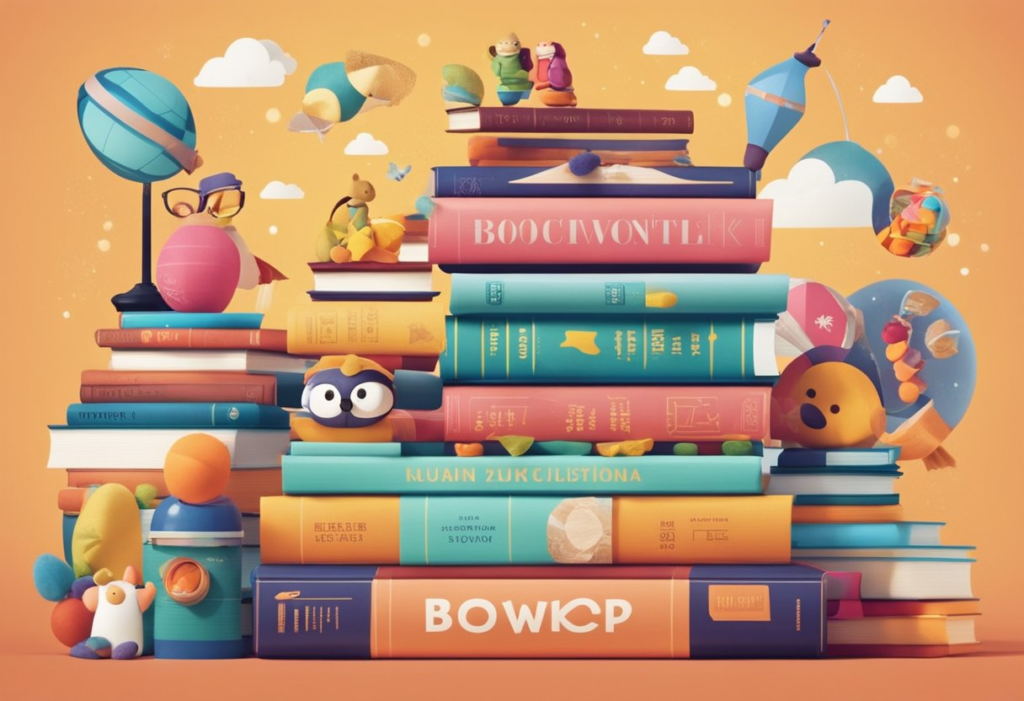
Pictures are essential in real books for children as there are parts of the story that words cannot adequately explain. It should also lift the story’s mood. So, when illustrating the book or working with an illustrator, ensure the images are colorful, eye-catching, and relevant to the target market.
Correcting and Editing Your Book

When the manuscript is completed, you can start to edit the manuscript. It is an integral stage in preparing your book for its release on the market.
Self-Edit Like A Pro
If you need serious self-editing, Do it Yourself First. Check for plot holes, unclear language, and everything else that contributes to the story’s fat. Also, look for little mistakes that a writer might want to self-correct when performing the task.
The Importance of Professional Editing
Getting a professional editor’s services is the smartest investment you can make if you want your book to appear professionally polished. An objective professional editor will give criticism, find mistakes and guarantee that everything in your piece of writing makes sense. Their experience can transform your draft into a professionally appealing one.
Revising Based on Feedback
Protection from beta readers like children or educators can be beneficial. Do not shield yourself from some courtesy feedback; use it to your advantage and make your manuscript better than it is. Making edits to your book based on how others have rated it is a sure way of enhancing your book before facing the readers.
Illustrations: Bringing Your Story to Life

What is inside a book cannot be said to be all that matters regarding the book; what is on the outside is of equal significance. Children’s book illustrations are critical; if they are wrong, they can ruin the whole book.
Working with an Illustrator

If you are not an illustrator yourself, the process of finding one becomes very difficult. Search for someone whose work matches the purpose of the book. When you identify an illustrator, ensure you can articulate your concept and give feedback on every step of the process.
Collaboration with Illustrators

This is also the case when creating illustrations. Give the illustrator a much better picture on the paper to help the reader emotionally. Explaining in such a manner brings things out clearly; it is not only a compliment but also a necessary component.
How to Find the Right Illustrator
In this field, you can easily find illustrators requiring minimal effort through their portfolio website, social media, or other third-party services for freelancers. First, have a few of their previous works before you let them work on yours. After much deliberation, you have found the right illustrator; tend to the time frame, amount of money, and what the project will include so that everything is clear when it begins.
Understanding the Publishing Options

Now that your manuscript and illustrations have been completed, the more pertinent question is how you intend to publish the book. Traditional publishing and self-publishing are two options.
Traditional Publishing versus Self-Publishing
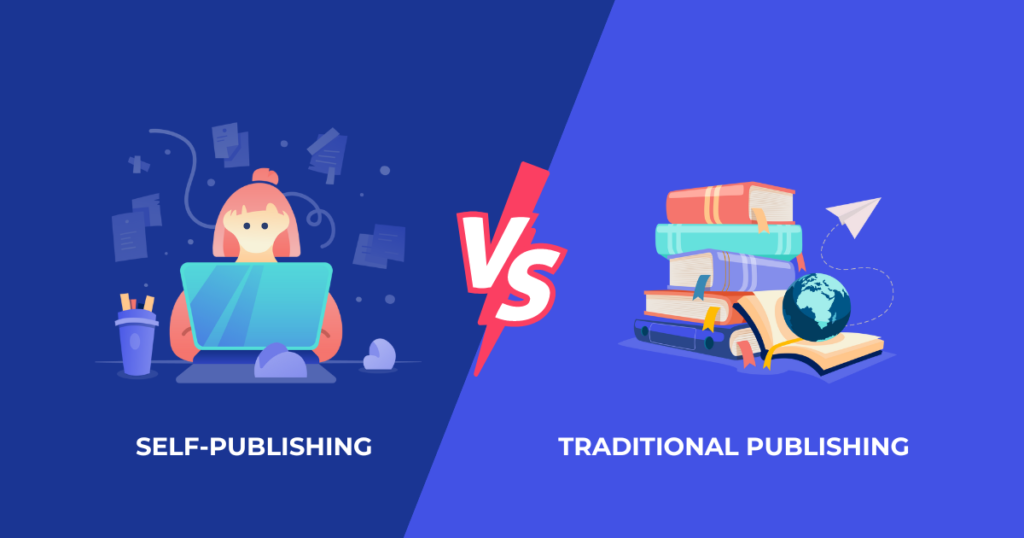
In traditional publishing, authors write and give their drafts to the publisher, who does everything for the author, including editing, designing, and distributing the book. Although this method provides less control, often better resources and distribution networks are available. Self-publication gives you complete control over the whole process, but it means you have to take it all from production to marketing.
Advantages and Disadvantages of Each Option
On the one hand, traditional publishing may be very slow and competitive, but it offers the help of a well-known publisher and access to more people. In comparison, self-publishing provides much flexibility regarding creativity and timing but at the cost of effective hours, dedicated hours, and even direct expenses.
In Search of the Fastest Way to Publish Your Book
A book’s publishing route should be determined by the target audience of the book, available funding, and the writer’s vision. Standard publishing may work for you if you seek to gain a wider audience and assist in book placement. If you prefer total control of the process and do not mind funding it, self-publishing may be more appropriate.
What is Publishing
If you use the old-fashioned method, you must first write a book and submit it to publisher agencies.
How to Submit a Manuscript to Publishers?
Identify as many children’s book publishers as possible and pay close attention to their stipulations when submitting a manuscript. This often includes writing and submitting a query letter, a synopsis, and a few story chapters. Time should be on the writer’s side since the submission process takes time.
How Will a Publisher Proceed Once They Receive The Manuscript?
If they find your manuscript appealing, they might ask for further details—usually, the request is for a complete version. If the manuscript is selected, the book publisher undertakes the editing and design, promotion and sales, and distribution of the material. If not, expect copious amounts of rejection—it’s normal.
Consideration of Publishing Agreements
It’s great for a publisher to give you a contract, but you should also be aware of the terms and conditions of that contract concerning the rights and royalties being sold and the duties expected from you. Get help from a literary lawyer or an agent to ensure the agreement will not be a devour-your-money contract.
Self-Publishing Process
Self-publishing has its problems and advantages.
Go This Way To Soon Self-Publish Your Children’s Book
Self-publishing is the process of publishing without using a third party. It involves several steps, from formatting your book to designing the cover and uploading it to the publishers. You’ll also have to take care of the promotional activities and distribution.
Self-Publishing Platforms
The self-publishing field has several platforms, such as Amazon Kindle Direct Publishing (KDP), IngramSpark, and Blurb. Each platform is different in terms of features, costs, and distribution channels, so pick what’s best for you.
Self-Publishing Costs
Self-publishing can be sensible in terms of cost, but it also costs money for professional editing, cover design, and printing. It is advisable to factor in such things to ensure that there will be no disappointments later.
Creating a Children’s Book Cover
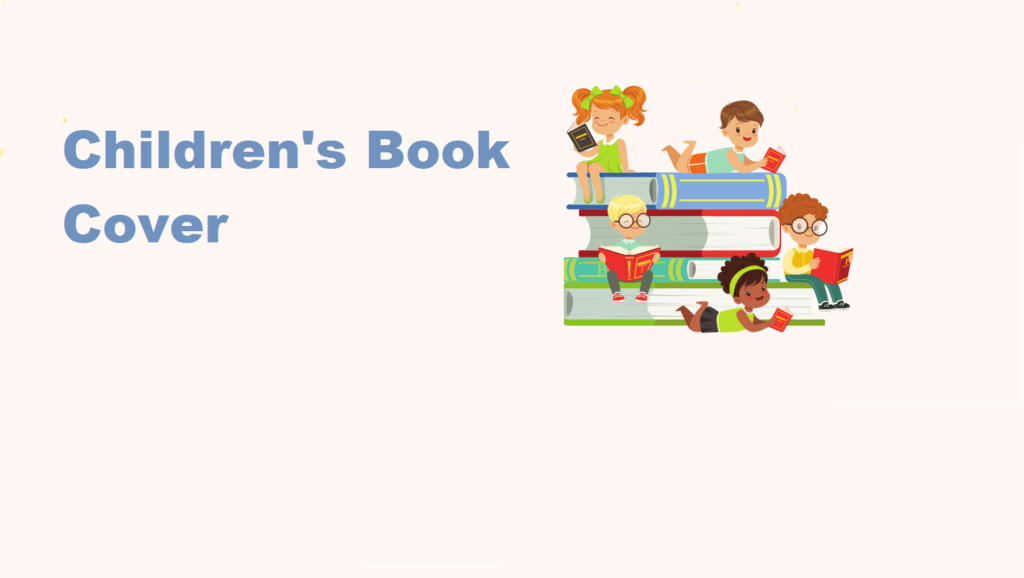
The design plays an integral role in achieving your book’s goals. Readers will tend to pick up and read well-designed books more than those that are not.
Design and Layout of the Book
One good design ensures that the typography and pictures are unified, that there is no stress to the reader, and that the pictures flow with the book. The balance between text and images should keep young readers glued to the page without making it visually overwhelming.
Selecting the Appropriate Size of Or Format
Determine how you would like your book published—in physical form, electronic form, or both. Each format has pros and cons: print books are ideal for a physical bookshop, while e-books are easy to market and cheaper.
Guidelines for a Perfect Book Design In Terms of Appearance
Employing a professional designer would be wise to create a book that is truly attractive to readers. Other aspects that make a good book include appropriate font and formatting and the design of the book cover.
How to Promote Your Children’s Book
After your book is released, it is time to take the next step and spread the word. Promotion is crucial to book sales and will be an essential part of the plan from the beginning.
How to Establish an Author Platform
An author platform means who you are as an author in the offline and online world. It could be your blog site, social media accounts, or any other tool used to engage your target people. Countering with a solid platform allows you to communicate with the potential audience and promote your name.
How to Market Your Book on Social Media and Otherwise
Social media strategies can also be implemented through Email newsletters and working hand-in-hand with bloggers or influencers. Local market promotions such as book readings, book signing events, and visits to bookstores can also be effective when marketing the book.
Book Launch Strategies -Networking Efforts and Building Hype Around Your Book
It is essential to note that proper organization of a book launching exercise can really help ensure that enough momentum is built towards sales of the book once it comes out. Try setting up pre-order options, arranging a launch time, and spreading the message among your contacts about the book release.
Using the Meaning of Social Media and the Internet
Social media is an excellent means of ensuring that many people receive a message.
How to Employ the Social Media for Audience Targeting
Focus on appropriate sites where your audience is found and work well with it. Give updates and behind-the-scenes information about your book and be able to interact with the people to create a loyal following.
Tapping the Online Community and Network
Reader and author forums like Goodreads and Facebook groups break the geographical barriers in reaching other readers and authors. Engage with readers by discussing your book and other relevant content, and work towards converting them into fans.
Social Media Advertising
Advertising on Facebook, Instagram, or Amazon, among other social media sites, can also be a good strategy. Allocate a certain budget for the advertisement and target a specific group of people to increase the return on investment.
Ways of Marketing to Bookstores and Libraries
Placing the book in actual locations where people can purchase or borrow it enhances its sales.
Making Sure that Your Book Sells in the Bookstores
Walk into the nearby independent bookshops, show them your book, and ask if they will consider selling it. Most independent bookshops are open to considering self-published works, especially when the authors are local.
Book Reading & Signing Collaboration with Libraries
For an author, reading and signing the book are some of the events established institutions often organise. Approach the nearest library and tell them that you would like to organize an event there.
Why Advertise on a Local Level
Take advantage of the local community through local marketing, like attending local events or interacting with the local press. You will receive incredible support through books read in your locality.
Legal Issues
Factors pertaining to law need to be considered whenever a book is published, and understanding these factors is important for avoiding the complications that come along with book publication.
Copyright and ISBN
Copyright, in general, is the law that prohibits others from reproducing your works without permission. It is essential for everyone to successfully register a copyright. Additionally, to sell books, an ISBN is a standard requirement for the eventual publication of the ElderSun book.
Authors’ Rights and Royalties Understanding
Royalties are the money earned as a consequence of the sale of the author’s work. Understanding Royalties, particularly self-publishing, is an important topic. Also, be clear about what rights you give away to your publisher or distributor. Is it the whole world right, a book right, an audiovisual right, or a web plus CD right?
Everything has Consequences
When a manuscript is submitted to the publishing house, it is very important to know what your obligations are in terms of the contract. This usually concerns publisher deadlines, rights, and any appendices that may interfere with the control of the book.
Conclusion
So, for anyone involved in publishing a children’s book is far more exciting than many other ventures, but it consists of comprehensive preparation and persistence. It does not make any difference if you prefer to publish your book with the assistance of publishing houses or sort out self-publication; knowing each stage will enable you to publish your book and get it into the hungry hands of awaiting children’s readers. Remain determined, continue working on your skills, and most importantly, do not hesitate to embrace children’s books.
FAQs
What age group should I target with my children’s book?
The age group you are aiming at depends on the narrative you want to tell. Although picture books are meant for children between the ages of 3 and 5, early reader books are for children between 6 and 8, and chapter books are for children between 9 and 12, every age group has its developmental needs and interests, and that’s why you have to find the appropriate age group for your book.
How much does it cost to publish a children’s book?
The cost of publishing a children’s book ranges. For example, one could consider whether to adopt traditional “children’s” publishing structures or self-publishing. The cost to self-publish a book might include illustrations, editing, and/or marketing of the book. For instance, self-publishing can incur costs starting from a few hundred dollars to thousands of dollars.
Is it necessary for me to have an agent to publish a children’s book?
As much as traditional literary agents are hirable, it helps to get one. They assist in writing, editing, and submitting manuscripts, selling the work, finding creative teams, and getting contracts. However, it isn’t that vital, particularly if an individual decides to self-publish.
What is the average duration of publishing a children’s book?
Many factors determine how long it will take to finish a children’s book for publishing. Traditional publishing usually takes one to two years. Self-publishing usually takes a shorter time, a couple of months, depending on how fast one can complete each step.
What are the most frequent pitfalls to prevent when publishing a children’s book?
Pitfalls encountered include rushing into writing and editing or publishing, ignoring illustrations, overconfidence regarding one’s editorial capabilities without consulting professionals and low hype of the book. Avoiding the typical mistakes people make when publishing will improve one’s chances of success.
